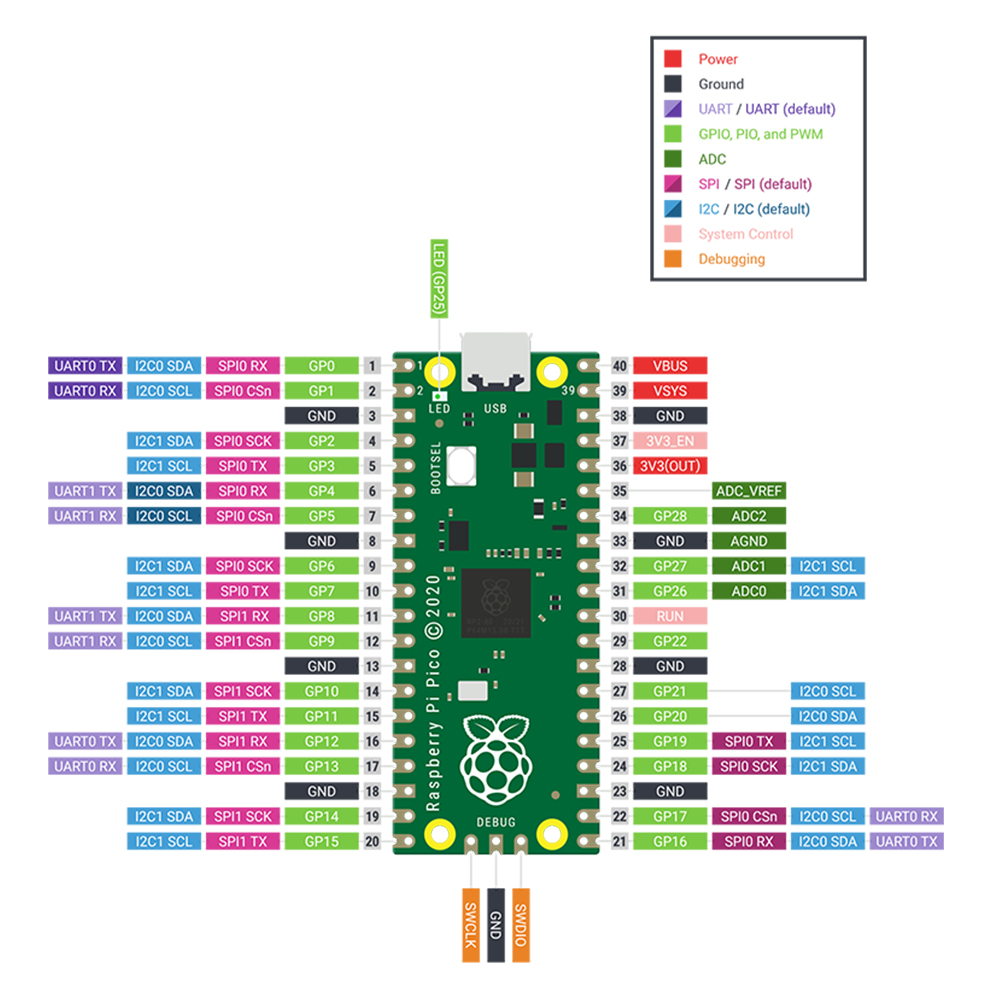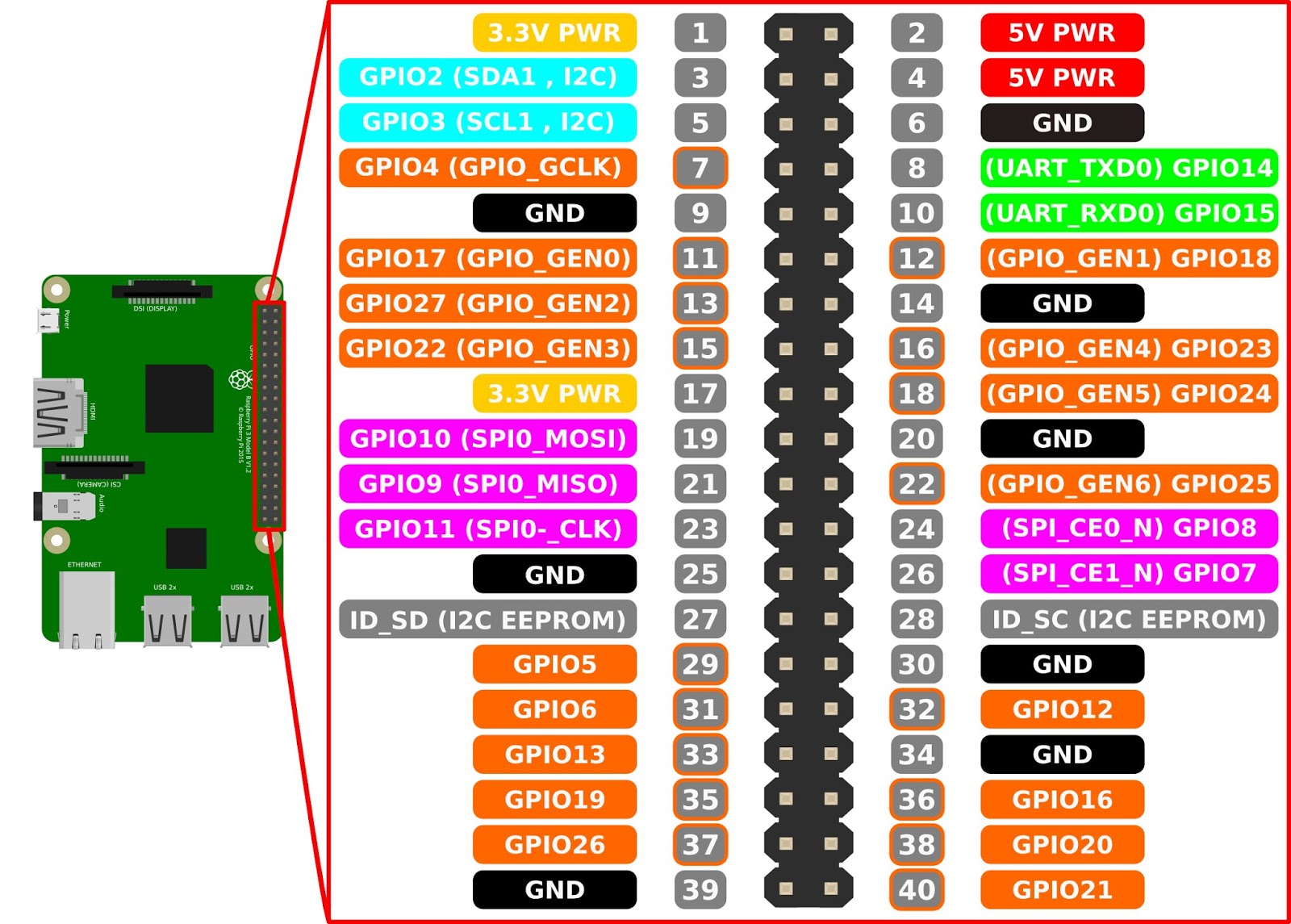
In fact, we’ve provided some pre-built binaries that you can just drag and drop onto your Raspberry Pi Pico to make sure everything is working even before you start writing your own code. We’ve tried to make getting started with Raspberry Pi Pico as easy as possible. We’re going to go ahead and blink the onboard LED on Pico, which is connected to pin 25 of the RP2040 chip. Learning how to blink an LED gets you halfway to anywhere. When you’re writing software for hardware, the first program that gets run in a new programming environment is typically turning an LED on, off, and then on again. I’m going to assume you’re using a Raspberry Pi after all, why wouldn’t you want to do that? But if you want to develop for Pico from your Windows or Mac laptop, you’ll find full instructions on how to do that in our Getting Started guide. Here I’m going to talk about how to get started with the C/C++ SDK, which lets you develop for Raspberry Pi Pico from your laptop or Raspberry Pi. Beyond that there are other options opening up, with a port of CircuitPython from Adafruit and the prospect of Arduino support, or even a Rust port. Blinking the onboard LEDīut you still have choices if you want to develop for Pico, because there is both a C/C++ SDK and an official MicroPython port.

Unlike a Raspberry Pi it’s a platform you develop for, not a platform you develop on. Pico is a microcontroller, rather than a microcomputer.

The new Raspberry Pi Pico is very different from a traditional Raspberry Pi.


 0 kommentar(er)
0 kommentar(er)
